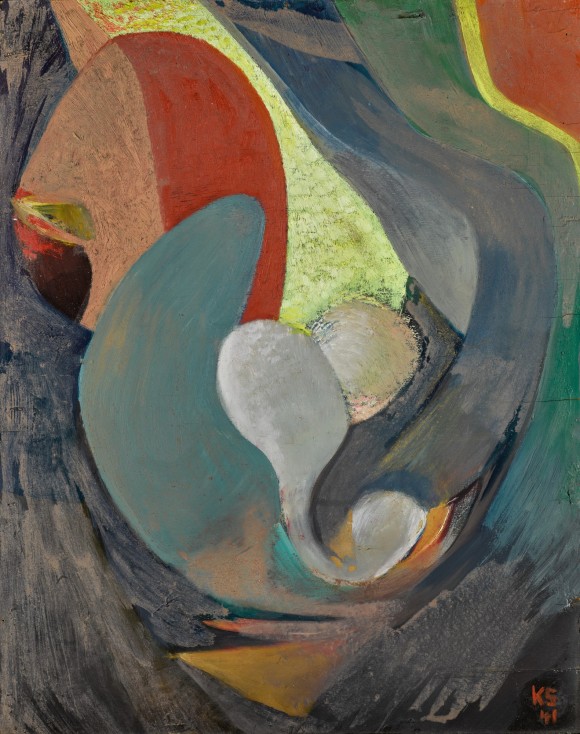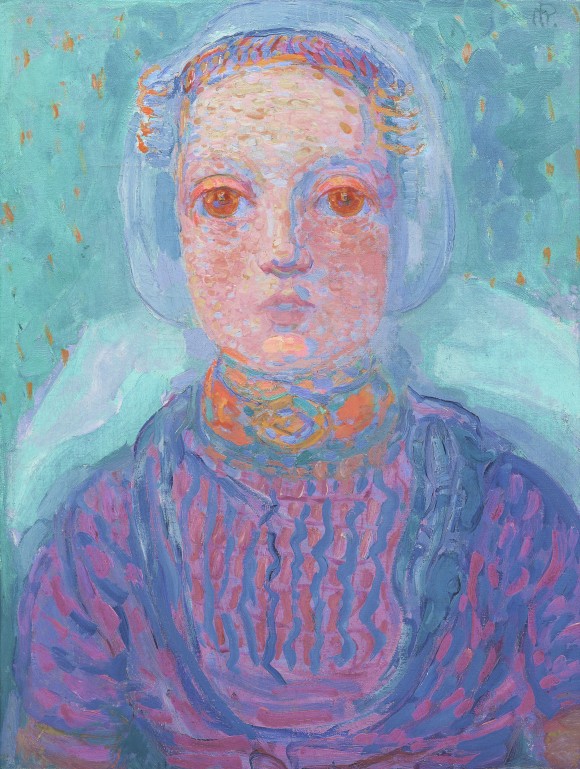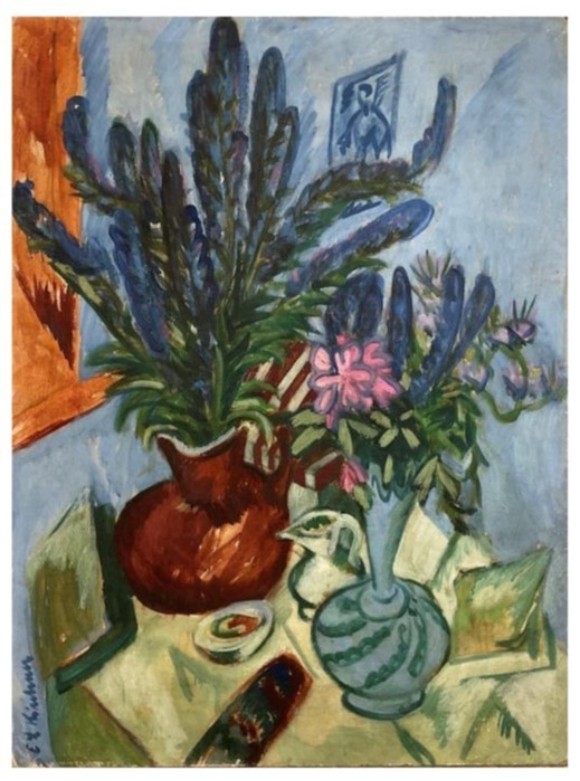Museum Würth 2, Künzelsau
from October 13, 2025, until Spring 2028
10 a.m. - 6 p.m. daily
Admission free
Because the Würth Collection is open to many different forms of artistic expression, it unites artists who are already part of the history of art and those who are just starting to make a name for themselves with their work. Comprising over 20,000 works of art from around the world, the collection serves as a basis for monographic, theme-based, and group exhibitions or research projects, while also facilitating casual encounters. It is aimed at groups of friends and business partners, at schools, daycare centers, and clubs, at experts and amateurs. But especially at all those who enjoy observing and discovering.
That is why our selection of new additions, rediscoveries, and icons from the collection focuses on observation, which can be just as unique as we are. It ranges from classical modernism to the present day. Did people look at the world differently a hundred years ago? Do men see things differently than women? Do artists observe differently than viewers? Some works illustrate the creative process, while others reflect certain preferences or role models. Some comment on our presence, while others fully trust their intrinsic melody. Some enable us to participate in the struggle to find an appropriate form.
In the exhibition, they all come together provocatively and leave room for your own observations and associations.
The exhibition showcases works by Georg Baselitz, Cecily Brown, Daniel Buren, Lovis Corinth, Tony Cragg, Sonia Delaunay, Antony Gormley, Gotthard Graubner, Xenia Hausner, Barbara Hepworth, Ernst Ludwig Kirchner, Maria Lassnig, Fernand Léger, Joan Miró, Piet Mondrian, Henry Moore, A. R. Penck, Daniel Richter, Gerhard Richter, Julian Schnabel, Kurt Schwitters, Klaus-Martin Treder, and many others.

Kurt Schwitters, Bild abstrakt Hutchinson I, 1941, Würth Collection, Inv. 20782

Piet Mondrian, Zeeuws Meisje, 1909, Würth Collection, Inv. 8552

Ernst Ludwig Kirchner, Stilleben mit zwei Blumenvasen, 1912, Würth Collection, Inv. 20464